Joruriji Temple
- About
- Location & Admission
- Photo Gallery
-
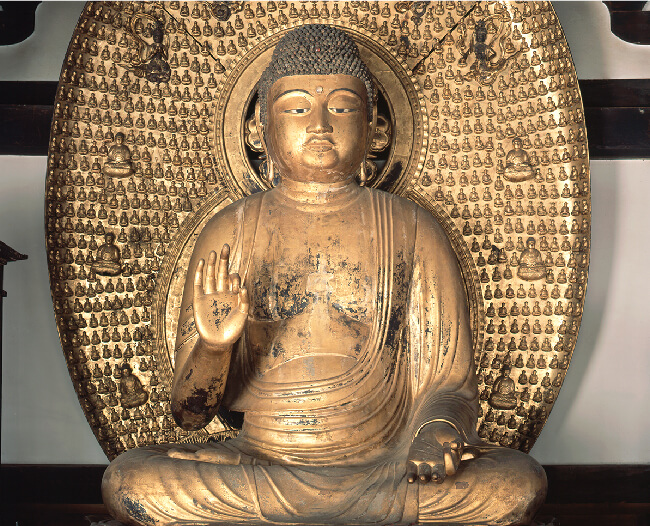
-
Opening hours 9:00-17:00 (December-February 10:00-16:00) Entrance fee 400yen TEL 0774-76-2390 Address 40 Nishi Ofutaba,Kamo-cho,Kizugawa-shi,Kyoto,619-1135 Access
About 1 hour 9 minutes on foot from JR Kansai Line "Kamo" station./About 30 minutes by Community bus Touo Line bound for "Kamo Yama-no Ie", and get off at "Jyoruriji", and close to the bus stop./About 23 minutes by Nara Kotsu Express bus boud for "Jyoruriji", and get off at "Jyoruriji", and close to the bus stop.
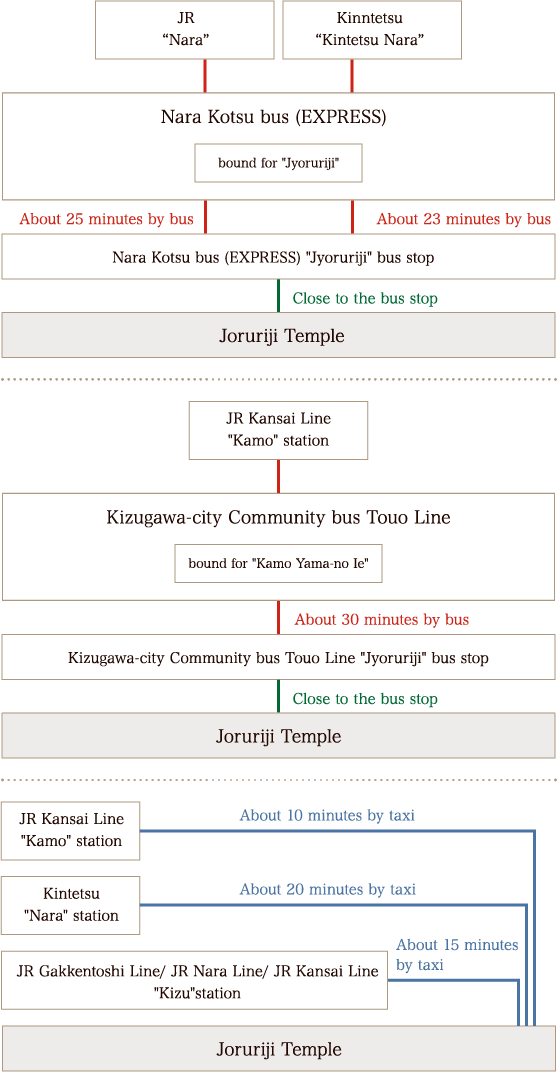
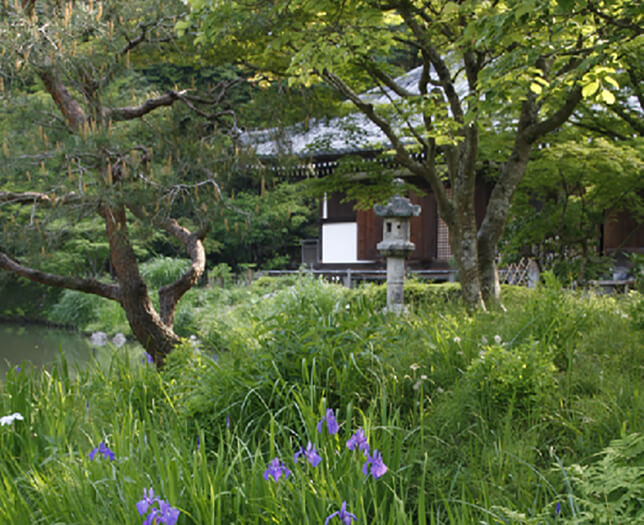

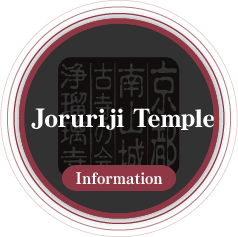
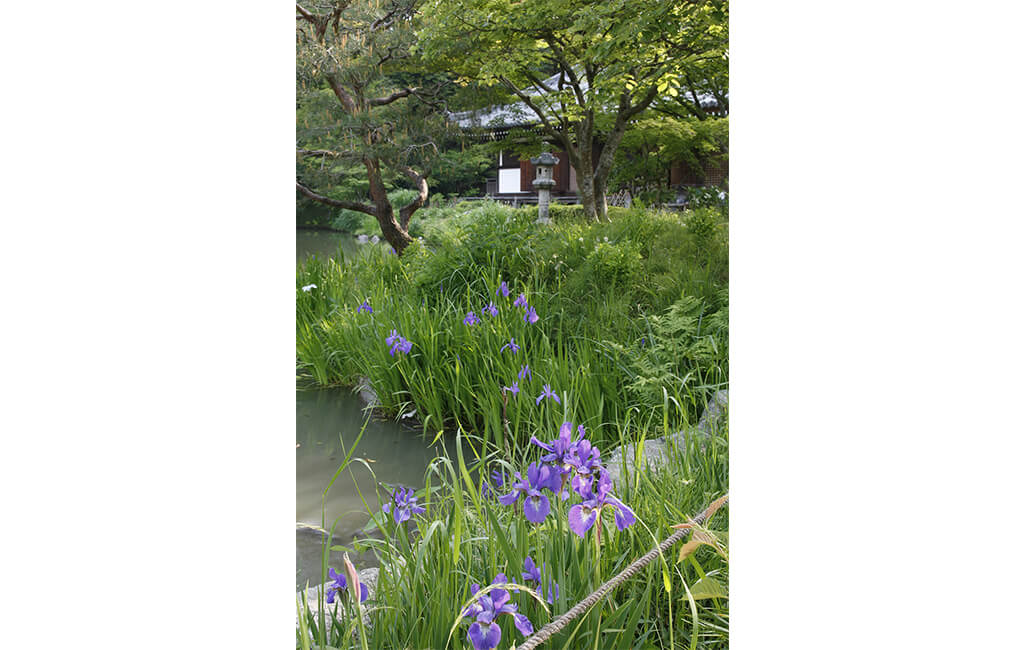
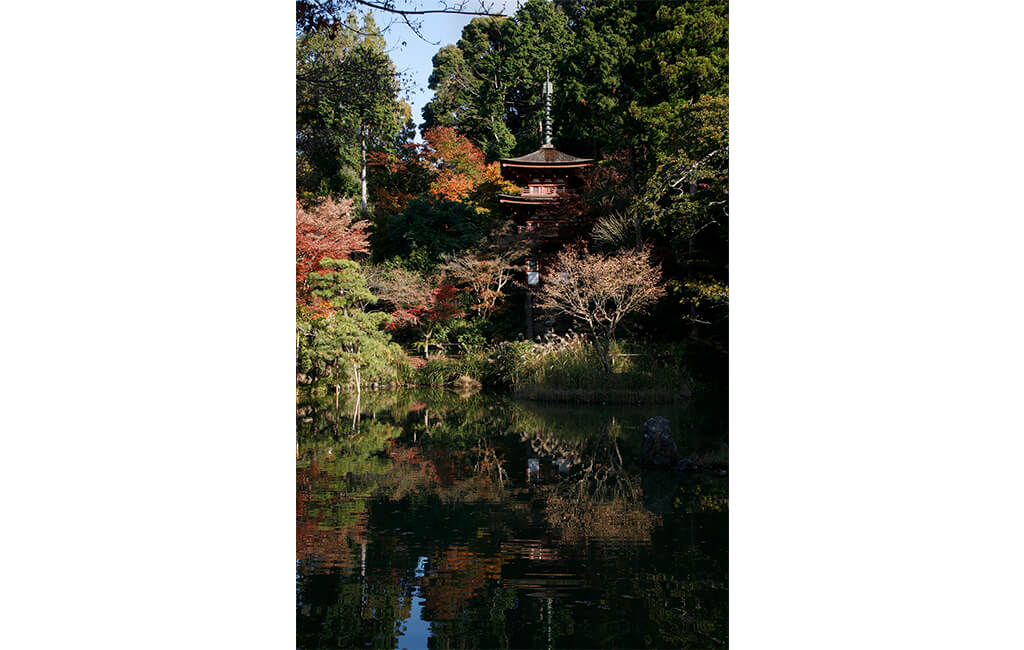
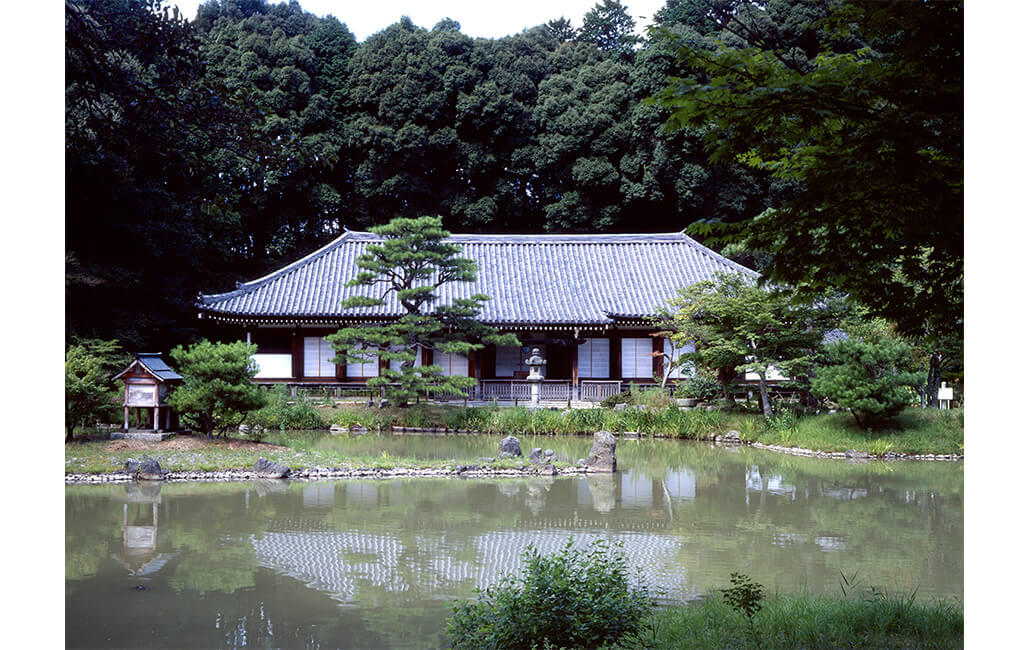
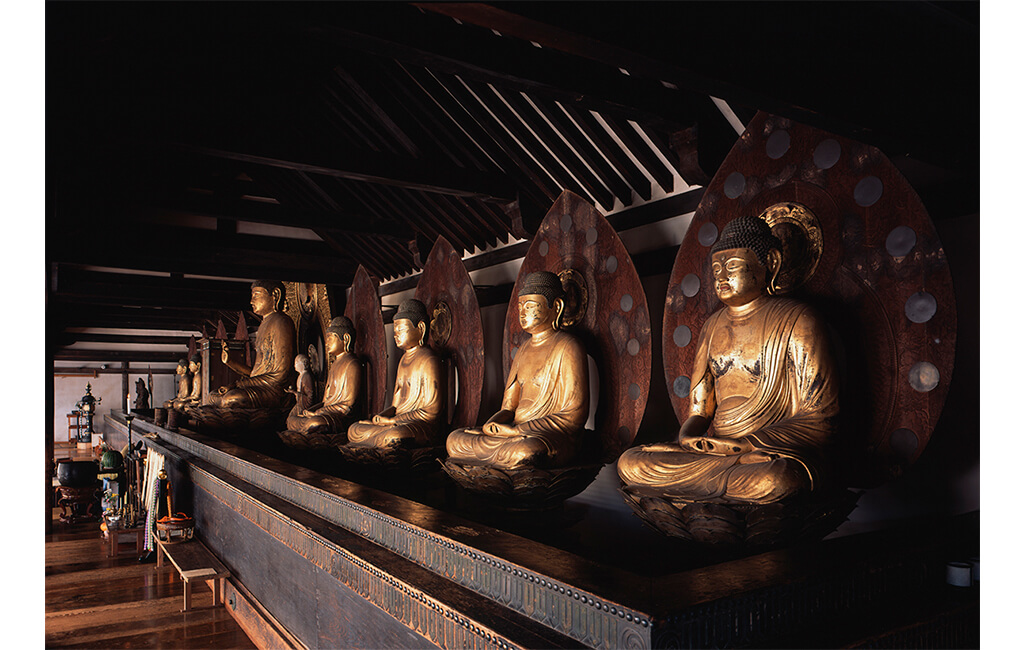
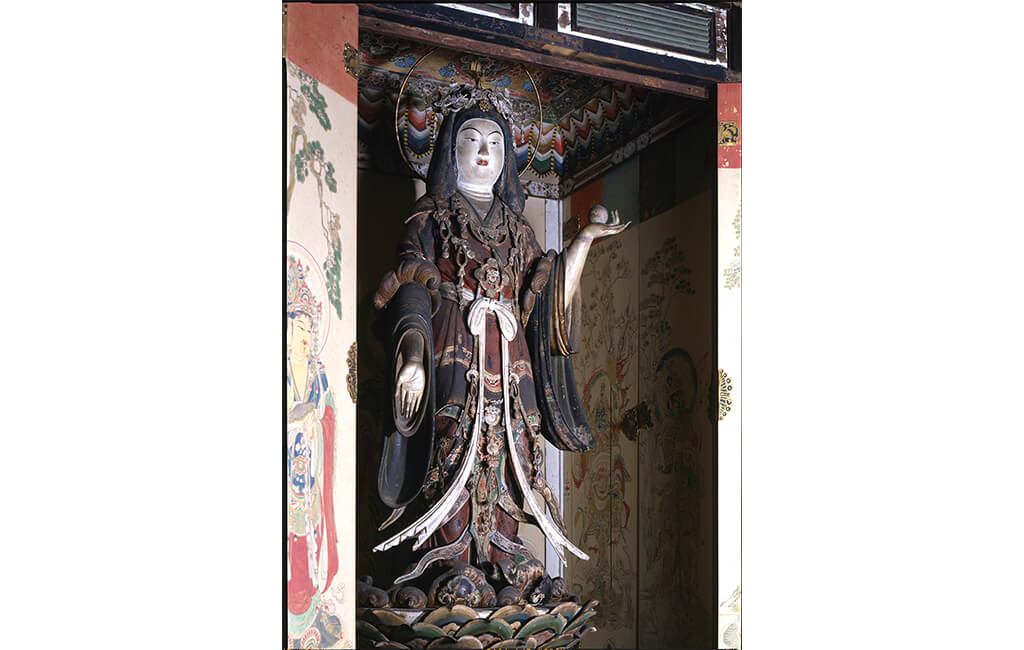
The Joruriji Temple grounds were designed in the style of a Jodo Garden, or Pure Land Garden, in the Heian period (794–1185). A Jodo Garden design attempts to replicate the Pure Land on earth and calls to mind Buddhist notions of conscientious living. Accordingly, Joruriji Temple’s Three-Storied Pagoda stands in the east where the sun rises (symbolizing birth), and its Main Hall is in the west where the sun sets (symbolizing death), facing each other over a central pond that represents the ocean between this life and the world beyond. The pond also serves as a symbol of Amida’s paradise. Both the Main Hall and the Three-Storied Pagoda are National Treasures of Japan. Joruriji Temple is also sometimes referred to as Kutaiji Temple (“the temple of the nine statues”) in reference to the group of nine Amida Nyorai statues enshrined in its Main Hall.
History
Located in the city of Kizugawa, Kyoto, Joruriji Temple is believed to have been founded during the eighth century as a place for monks to train and study, though the exact date is unknown. Records state that the first Main Hall was built in 1047 and that a small, carved wooden statue of Yakushi Nyorai (the Medicine Buddha) was enshrined here as the principal deity. This is believed to be the same Yakushi Nyorai that is enshrined at the temple at present. In 1107, the nine wooden statues of Amida Nyorai were enshrined at Joruriji Temple, among other Buddhist statues.
Historical records indicate that temples containing nine statues of Amida Nyorai, the Lord of the Western Paradise, were quite common at one time and were built at the request of court nobles or members of the imperial family. Joruriji Temple is the last remaining example of such a temple and is thus a significant testament to the importance placed in honoring Amida Nyorai and the Western Paradise at that time. The present Main Hall was moved to its current location in 1157, but it is unknown from where. The Three-Storied Pagoda, originally built in Kyoto, was dismantled and moved to Joruriji Temple in 1178. The Pure Land garden and its pond were originally constructed in 1150, excavated in 1976, and subsequently restored.
Treasures and Artifacts
Joruruiji has several National Treasures and Important Cultural Properties. Its Three-storied Pagoda and Main Hall are both National Treasures. A wooden statue of Yakushi Nyorai, the Medicine Buddha, is enshrined in the pagoda, and is an Important Cultural Property. It can be viewed on the eighth day of every month, if the weather is clear. The Main Hall houses a horizontal line of nine wooden statues of Amida Nyorai and the Four Heavenly Kings that are also National Treasures. There are also several other Important Cultural Properties in the Main Hall, such as the hidden statue of Kichijotennyo, who is represented as a graceful lady, to whom prayers for peace and prosperity are offered. This statue can be viewed only on certain days of the year (January 1–15, March 21–May 20, October 1–November 30).
Hondo (Main Hall)
The current Main Hall of Joruriji Temple is a National Treasure of Japan. Completed in 1107 and moved to its present location in 1157, it is a well-preserved example of Buddhist architecture from the Heian period (794–1185). It is also appropriately situated on the west shore of the temple’s central pond, to represent its connection to the Amida Nyorai, the Lord of the Western Paradise, enshrined within.
There are nine wooden consecrated statues of the Buddha Amida (Amida Nyorai) enshrined in the Main Hall, lined up behind the hall’s nine sliding doors. Amida Nyorai is called the Lord of the Western Paradise. This deity is often called upon to lead the souls of the dead to the world beyond this one. According to historical records, during the twelfth century, many temples with groups of nine Amida Nyorai were built at the request of the imperial family or court nobles. However, Joruriji Temple is believed to be the only remaining example of those temples. The line of nine statues represents nine manifestations of Amida Nyorai corresponding to the nine patterns of human rebirth.
It is believed that the central Amida Nyorai within the Main Hall, the largest, was the first to be created and was carved in the late eleventh century. The other eight would then have followed shortly after in the early twelfth century. The statues show various differences in expression, as well as variety in the motifs on the halos behind their heads. These statues were built using yosegizukuri, or joined woodblock technique, and they are hollow on the inside. When the largest statue underwent restoration work, woodblock prints of Amida Nyorai were discovered inside the Amida statue, thought to have been there since the statue’s creation.
Three-Storied Pagoda
The Three-Storied Pagoda of Joruriji Temple is a National Treasure of Japan. It was moved to its current location on the eastern shore of the temple’s central pond in 1178 from Kyoto and is the only remaining Kyoto structure from the Heian period (794–1185). The other structures were all burned down or destroyed during periods of war. It is presumed to have been moved shortly after construction. Paintings of Buddhist divinities along the walls of the first floor presumably date from the late Kamakura period (1185–1333) when restoration work was performed on the pagoda.
The pagoda enshrines a wooden statue of Yakushi Nyorai, the Buddha of Healing. Yakushi Nyorai is believed to save all sentient beings from worldly suffering. The statue was made in the twelfth century using the ichiboku technique, which involves the piece being carved from a single tree trunk, and is now an Important Cultural Property of Japan. It is still seated on its original lotus pedestal. While this statue is not usually open to the public, it can be viewed on the eighth day of every month provided the weather is clear. It is also viewable on the day of the spring and autumn equinox, which are particularly special for the temple. On the day of the equinox, the sun rises in the east from directly behind the pagoda and traces an arc overhead to set right behind the Main Hall to the west. The temple’s design takes this equinoctial trajectory in mind, and it is believed that one can feel the presence of Pure Land Paradise most intensely on these days.